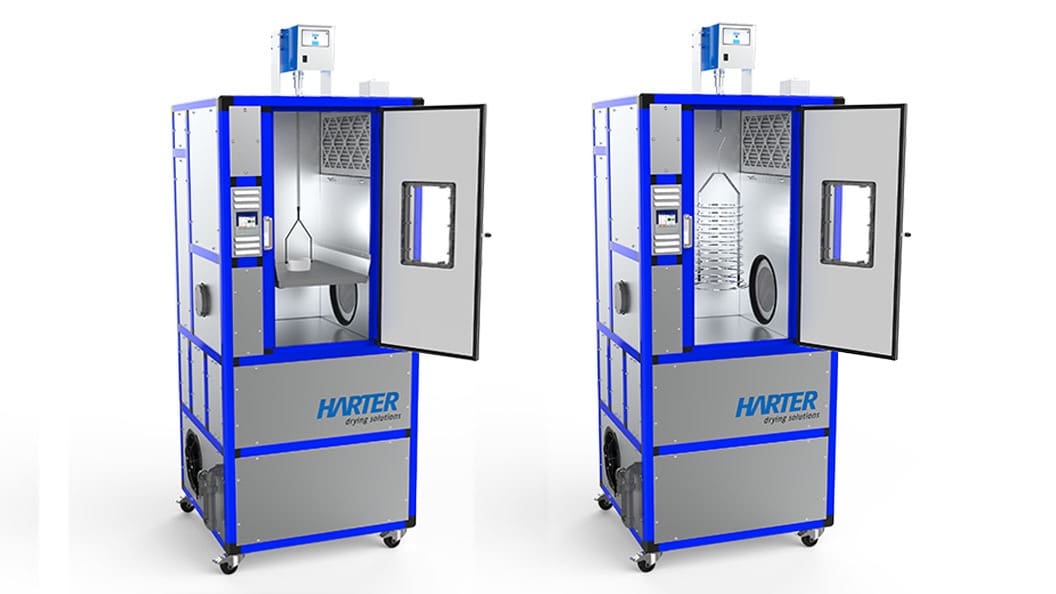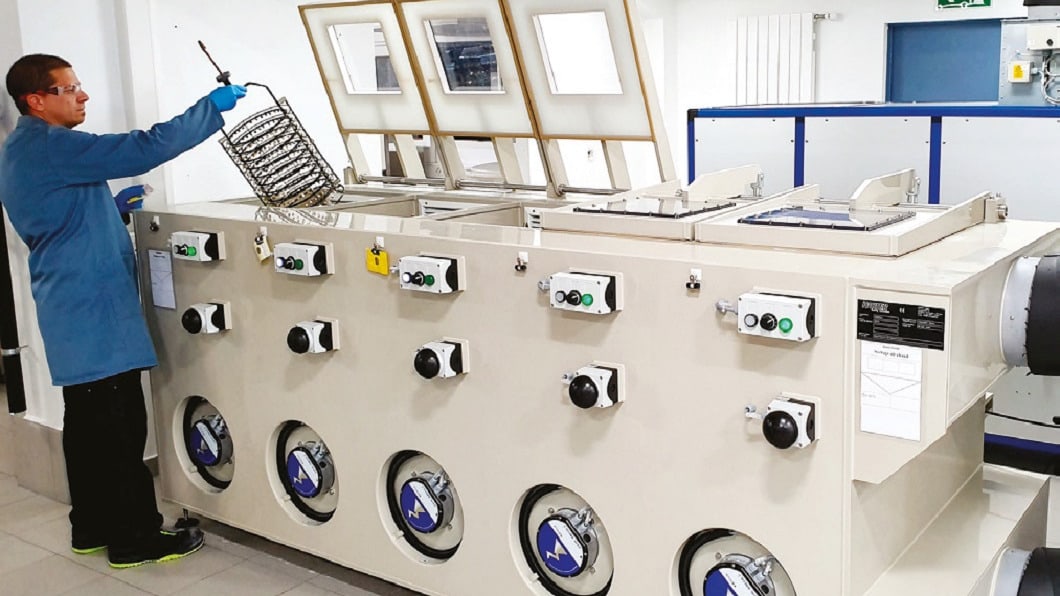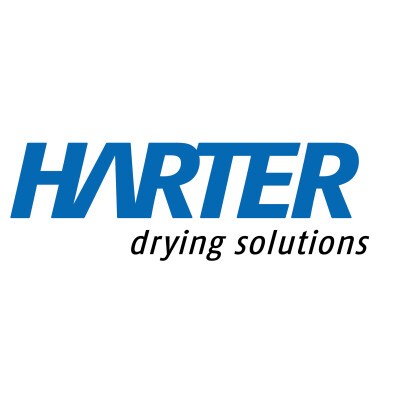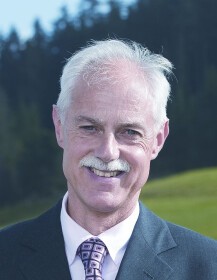Safe and stain-free drying
The watch industry has high demands on the drying of small parts. The top priority here is freedom from stains. Harter GmbH developed a 5-chamber dryer with manual operation on customer request. You can find out more about the built-in rotary mechanisms, airflow and temperatures here.
Anyone who wants to optimise their drying process and eliminate the last process step of alcoholic cleaning needs a good alternative. A drying process using a heat pump, which works at low temperatures, has helped a surface finisher in the watch industry to achieve enormous improvements.
Since 2006 STS Saulcy Traitement de Surface has been supplying sophisticated customers in the high-end watch industry with finished watch parts. The owner-managed company has long disliked its last process stage of alcoholic cleaning. Odour pollution, health effects, high costs and of course the risk of fire are well-known disadvantages of this process. Through a recommendation, STS contacted the drying plant manufacturer Harter from southern Germany, who has already made a name for himself in the Swiss watch industry with his alternative drying process, condensation drying with heat pump technology.
With trials to the goal
After an on-site visit to the Swiss Jura and an inspection of the electroplating shop, Reinhold Specht, managing partner at Harter, offered trials in the company's own technical centre. These were then carried out with original bouclards in the presence of the interested party. During the test series, the parameters relevant for successful drying, such as time, temperature, humidity, air speed, air volume flow and air guidance were determined. These basically serve as an excellent basis for the further conception. The initial results of the drying tests were already so promising that STS decided to conduct further tests at its factory with a special test dryer. All results were highly satisfactory. STS decided to change the process and thus to invest in a hard dryer.
Special production for bouclards
For its special process, STS wanted a 5-chamber dryer with manual operation. Each chamber is manually loaded with a bouclard by an employee. The required drying time and air speed are set and drying is started. The process is finished automatically.
A rotary mechanism developed by Harter is installed in each chamber, which cannot be explained in detail for reasons of know-how. It ensures an optimum air supply. The right air in the right place plays a major role in Harter's technology.
Each drying chamber is equipped with a lid to keep the valuable heat in the system. In addition, each lid has a transparent window so that the responsible employee can observe the process. Since the portfolio of parts differs considerably, very different air speeds or air volume flows are also required for drying. In this way, the employee controls the process exactly as the product requires. New, special fans ensure even easier control of the parameters in the chambers, which can also be operated independently.
Dehumidification with dry air
Harter uses a physically alternative approach for its condensation drying with heat pump and thus stands out from conventional processes. This type of drying is based on a perfect combination of highly efficient air dehumidification and targeted air flow. Extremely dry and therefore unsaturated air is passed over or through the products to be dried. Physically, this air absorbs the existing moisture in a very short time. The stored moisture is extracted from the air loaded with moisture in the so-called Airgenex dehumidification module. The moisture is condensed out and leaves the system as condensate. The cooled air is then reheated and forwarded. The circuit is closed. The drying cycle is therefore virtually emission-free. Depending on the product and process, drying takes place within a defined temperature range of 20° to 90°C. The Airgenex dehumidification technology, which regulates the climatic conditions in the dryer, is either connected to the drying station as a separate module or integrated into the overall drying system, depending on the application. It does not matter whether the drying process is batch or continuous.
"However, the driest air is worth nothing if it is not guided to where it is supposed to absorb the moisture," explains Specht, who co-developed this technology over 25 years ago. "We create an air flow that is ideally adapted to the product and process. Only in this way can we achieve complete and homogeneous drying". This plant-technical implementation is a speciality of Harter and requires a lot of experience and know-how. In this way, operators can increase the efficiency of their production. This improvement in quality also means the elimination of undesirable sources of costs and errors.
The most important aspect: stain-free
As a rule, Harter's customers have problems with the drying quality, but above all with specified cycle times. If parts are not dried within a certain time, they block the whole process. In the case of STS, time and throughput play a secondary role. The most important aspect of this project was to achieve the highest quality and thus absolute freedom from stains. The finished parts are not only extremely sensitive, but also absolutely high quality.
With this adequate drying in the low temperature range, the parts are optimally dehumidified. The drying temperature of the 5-chamber dryer is a gentle 45°C. A single Airgenex dehumidification module is connected to the 5-chamber dryer, which prepares the necessary process air for all chambers. The rated output of the dryer in production mode is 3.8 kW. Harter dryers work so efficiently and save CO2 that not only German but also Swiss customers receive subsidies.



